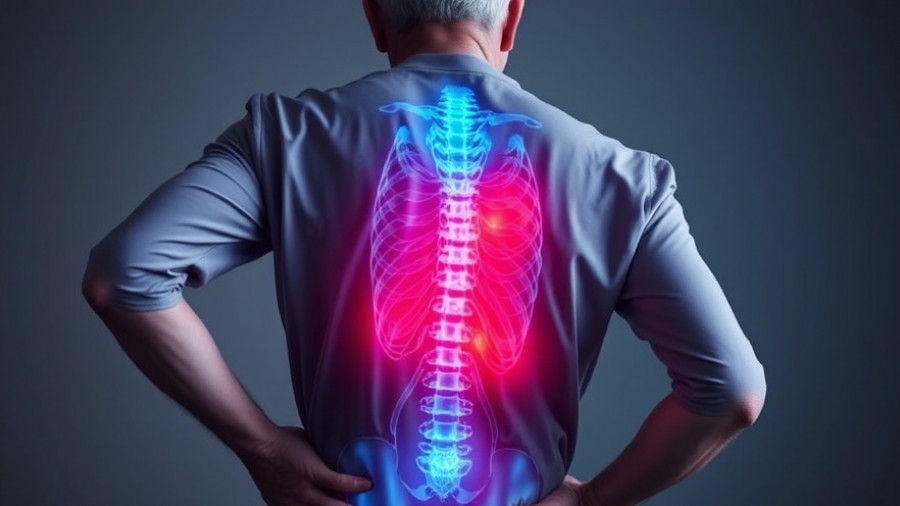
Understanding Chiropractic Care: The Critical Role of Patient Expectations
Chiropractic care has gained recognition for its approach to managing musculoskeletal pain, yet the success of such interventions often lays in the realms of patient expectations. In light of recent studies revealing how these expectations can significantly influence outcomes, we delve into the depths of this relationship between patients' beliefs and their perceptions of pain relief.
Shaping Pain Relief Through Expectation
Research highlights the notion that patient expectations—a mix of hope and preconceived notions about treatment—can dramatically shape pain relief experiences, particularly in chiropractic settings. A recent randomized clinical trial took a closer look at both real and sham spinal manipulations, exploring their effects on cortisol levels and the immediate pain relief patients experienced. Findings confirmed that those with positive expectations often reported less pain than those with skepticism surrounding their treatment.
The Ripple Effect of Cortisol: Stress and Recovery
Cortisol, often dubbed the body’s stress hormone, plays a pivotal role in how we experience pain and recovery. The aforementioned trial shed light on this, indicating that optimistically expected outcomes, as paired with effective chiropractic care, can lead to notable decreases in cortisol levels. Lower stress translates to better recovery, enabling patients to bounce back more quickly from pain.
When Expectations Aren't Met: A Study of patient experiences
Not all experiences align with the anticipated outcomes. According to a systematic review of patient experiences in chiropractic settings, discrepancies between expected and actual outcomes can breed dissatisfaction. The findings suggest that while most patients enjoy remarkable satisfaction from their chiropractic care, there remains a cohort that reports unmet expectations, particularly in areas such as treatment communication and follow-up care.
Beyond Clinical Outcomes: The Importance of Communication
Surveys exploring the chiropractic experience indicate that effective communication is not just preferable—it’s fundamental. Patients expressed a desire for comprehensive explanations about their treatment plans and expected outcomes. Research shows that when chiropractors take the time to address patient concerns and clarify treatment modalities, higher rates of satisfaction and lower incidences of misunderstanding evolve.
The Psychological Impact: Fear and Expectation
With the dual forces of positive and negative expectations shaping recovery, fear also plays a critical role. For many patients, fear can hinder their experience of relief. The presence of negative anticipation regarding treatment can exacerbate pain outcomes. This aligns with findings showing that educating patients about expected recovery trajectories can mitigate fear and enhance constructive healing experiences.
Future Directions: Enhancing Patient Experiences
As research continues to evolve, it becomes clear that chiropractic care education focuses not only on tangible adjustments but also on fostering positive patient mindsets. Chiropractors are encouraged to cultivate environments that promote trust, clarity, and open communications—boosting both patient experiences and outcomes.
Ultimately, as patient experience and expectation continue to shape the chiropractic profession, understanding and navigating these dimensions will be paramount in advancing care and achieving exemplary outcomes.
Conclusion: The Road Ahead for Chiropractors
For chiropractic practitioners and patients alike, recognizing the undeniable influence of expectations on pain relief opens new avenues for dialogue and treatment strategies. In this evolving healthcare landscape, aligning patient expectations with realistic outcomes is not merely beneficial—it’s necessary for fostering satisfaction and optimizing pain management.
As this exploration develops, practitioners are encouraged to share their insights and experiences while advocating for continued research in this fascinating intersection of patient psychology and chiropractic care.
If you want to learn more about patient expectations and their profound impact on care strategies, please reach out to the chiropractic community and delve deeper into evidence-based practices.
 Add Row
Add Row  Add
Add 




Write A Comment